Our mission
for modern lifestyle at competitive prices.
The Physics Of Climbing Hills - How The Motor Helps You Conquer Steep Slopes
Fortunately, electric bikes make it possible to defy these natural challenges, turning steep inclines into manageable routes. But what makes an e-bike so effective at assisting uphill rides? What forces act on the rider, and how does the motor help? Let's break it down.
Why are uphill rides so challenging? – the physics behind the struggle
When climbing, gravity works against the rider, the steeper the hill, the stronger the force pulling the bike downward, making pedaling significantly harder. However, gravity isn't the only challenge.
Other factors also increase resistance:
• Rolling resistance – friction between the tires and the surface intensifies with steeper inclines and added weight.
• Air resistance – while less impactful at lower speeds, it still contributes to the difficulty of climbing.
• Muscle fatigue – limited endurance means that prolonged efforts on steep climbs quickly lead to exhaustion.
How does an electric motor help conquer hills?
An e-bike changes the way climbs are tackled by compensating for the physical limitations of human muscles. With pedal assist, the motor provides additional power, reducing the strain on the rider and making uphill rides much smoother.
The key factors that influence climbing efficiency include:
• Level of assistance – higher settings offer more power, significantly easing the climb.
• Torque sensor – adjusts motor output based on pedaling intensity, providing a natural riding experience.
• Optimal mode selection – choosing the right support level ensures better energy management, extending battery life.
Thanks to these features, steep inclines are no longer a struggle. The electric motor takes on part of the effort, allowing for a more comfortable and controlled ride.
Motor torque – the key to tackling steep terrain
Power isn’t the only factor that determines how well an e-bike handles hills, torque plays a crucial role. Measured in Newton-meters (Nm), torque represents how effectively the motor transfers power to the wheel. A higher torque value means less effort is needed to maintain steady speed on inclines.
Among JOBOBIKE models, Triker delivers 80 Nm, making it ideal for steep climbs, even when carrying heavier loads. Lyon, with 65 Nm, offers a versatile solution for both city riding and more demanding routes. Meanwhile, Sam, at 45 Nm, provides light assistance, perfect for gentler slopes and urban travel.
Choosing the right e-bike depends on the terrain you plan to ride. If your routes include frequent hills, opting for a model with higher torque will ensure smoother and more efficient climbs.
Mastering uphill rides on an e-bike
While an electric motor makes climbing easier, proper riding technique further enhances efficiency. Adjusting the level of assistance is crucial, higher power settings help on steep sections, while lower ones conserve energy on gentler slopes. Smooth gear shifting and maintaining a steady pedaling rhythm prevent unnecessary battery drain.
Rider positioning also matters. A slight forward lean improves traction and stability, while even pressure on the pedals helps maintain control. With the right approach and advanced motor support, even challenging inclines become manageable.

An e-bike suited to the terrain, such as JOBOBIKE Triker, Lyon, or Sam, ensures a comfortable and fluid riding experience in any condition. With the right choice, hills are no longer an obstacle, every ride becomes an enjoyable adventure.





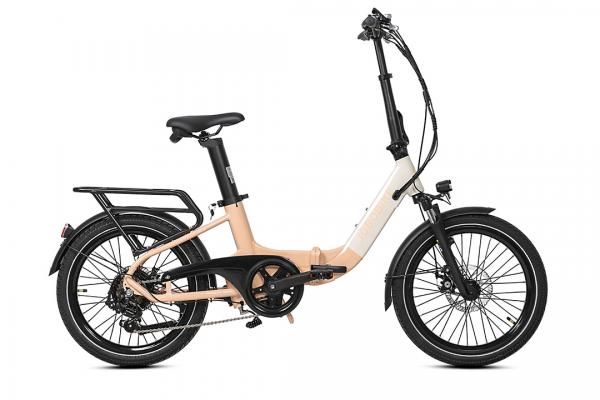
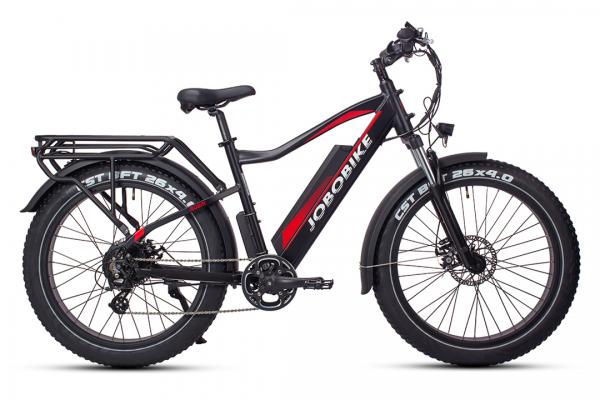
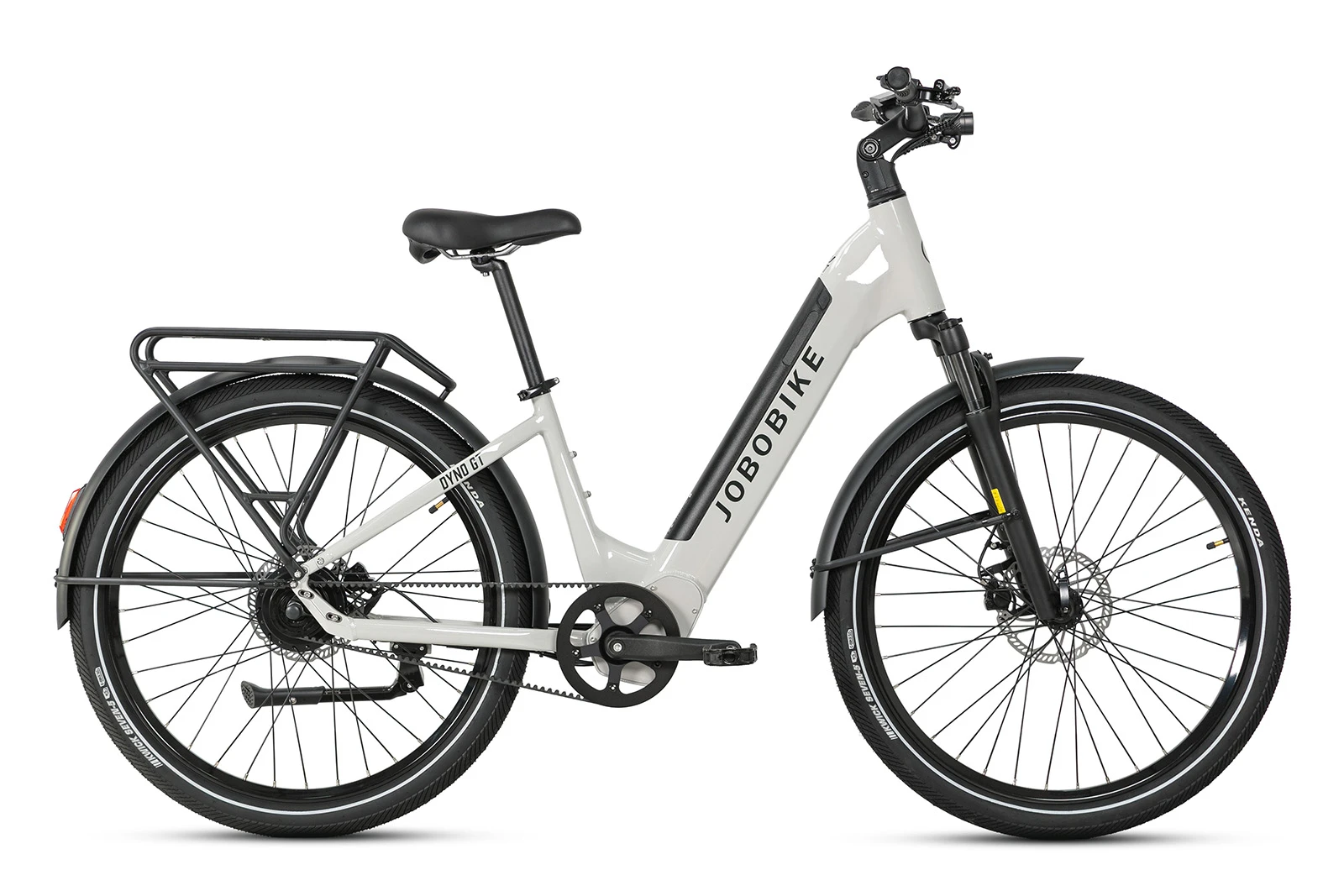
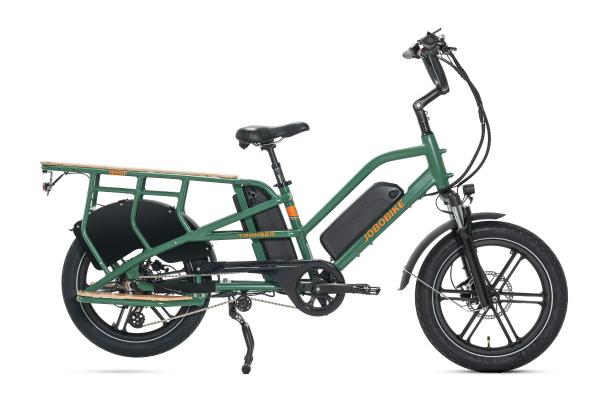

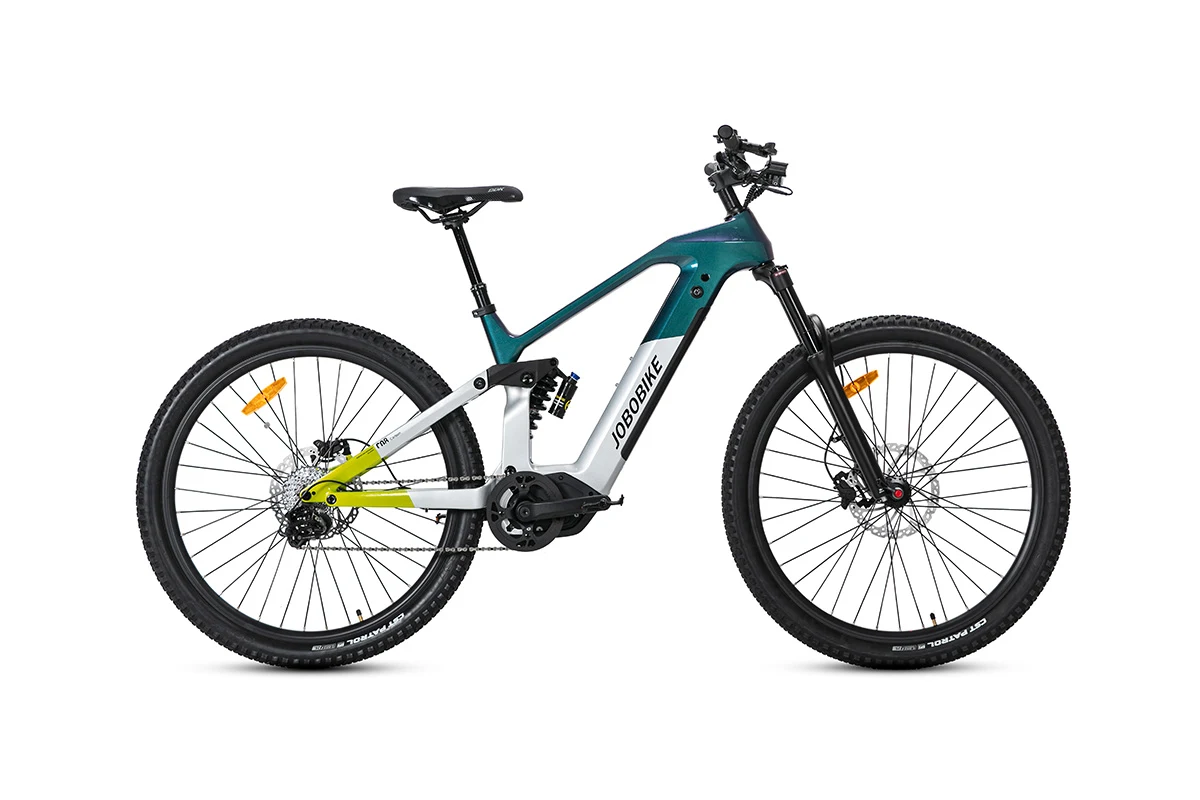
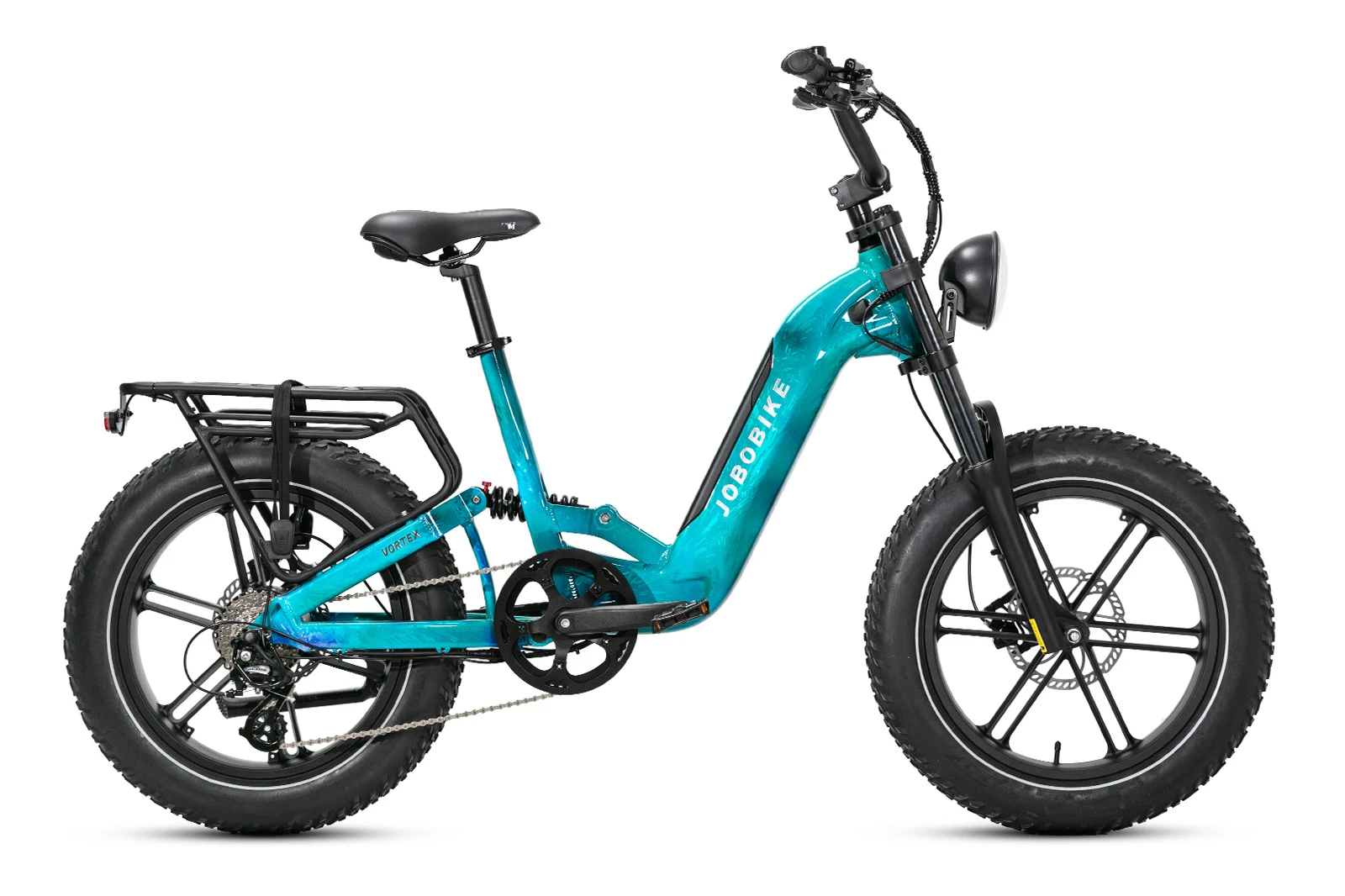
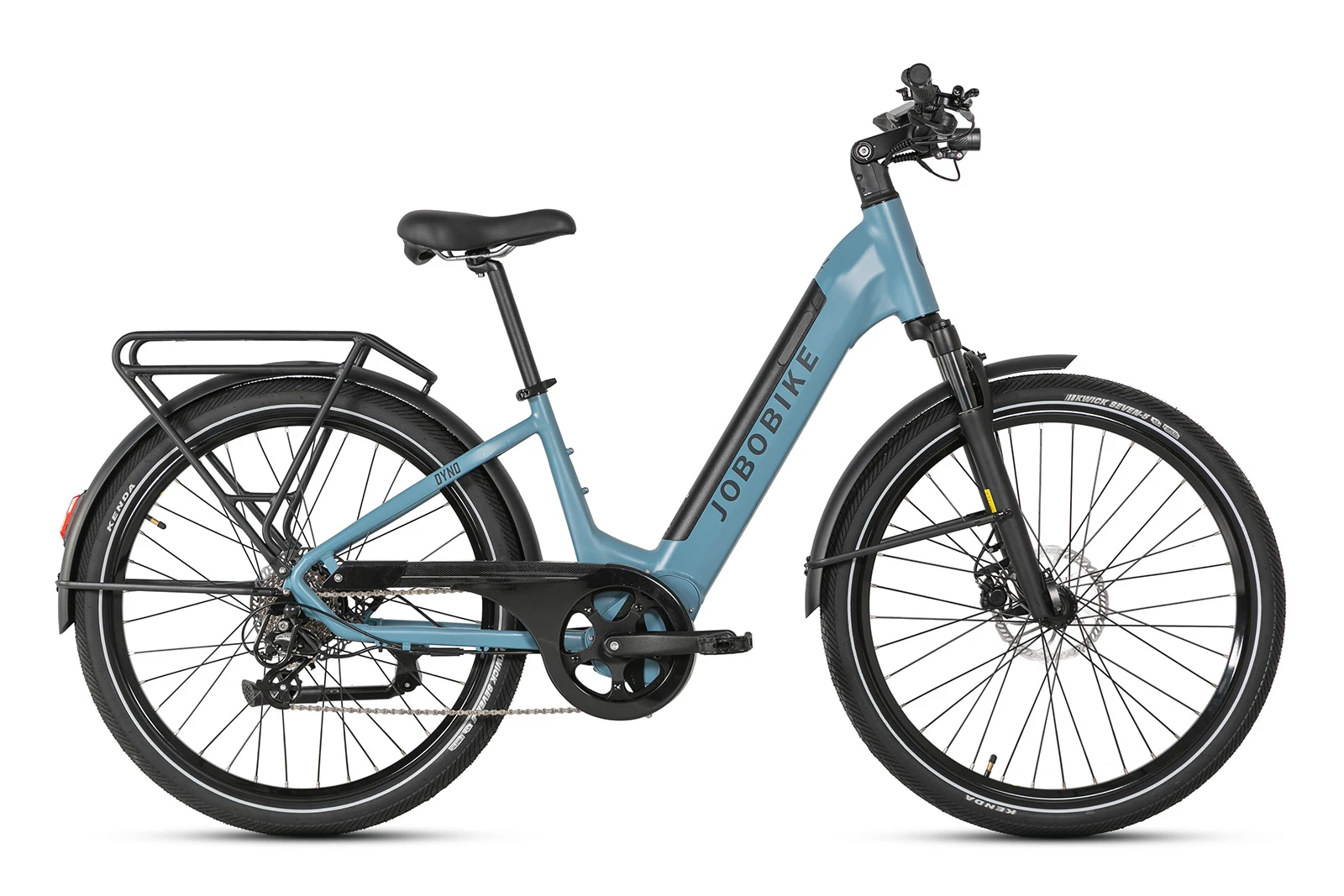
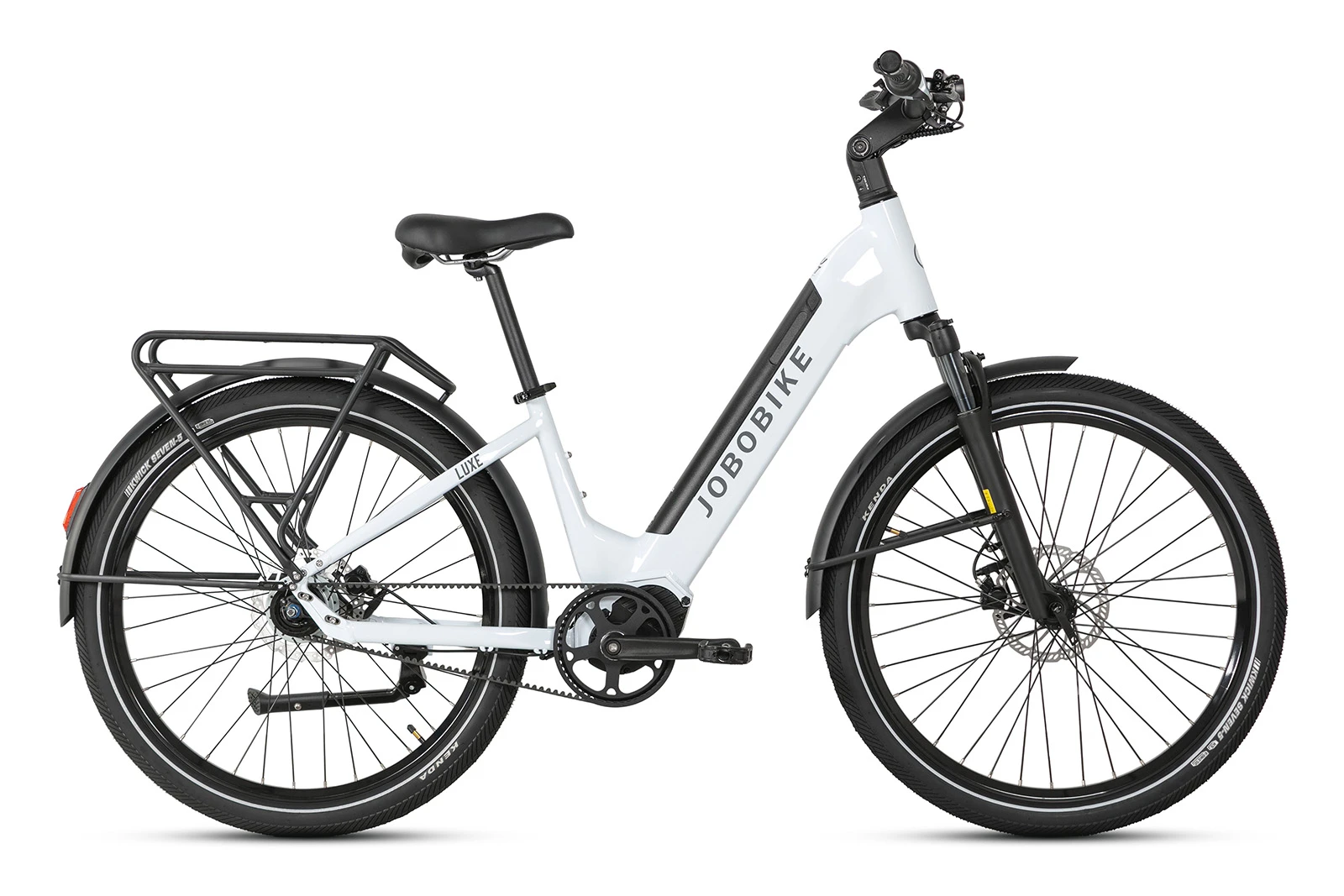
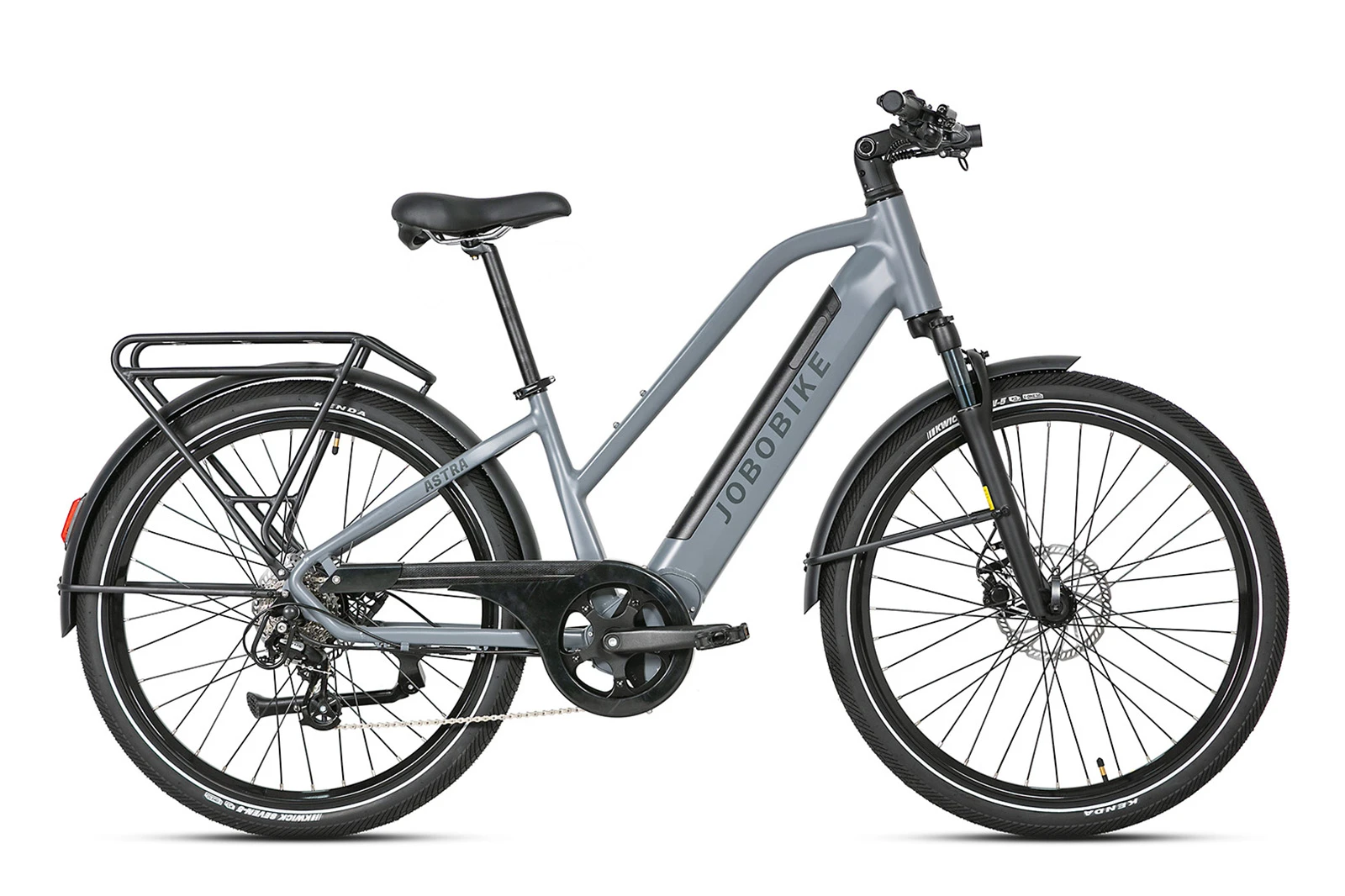
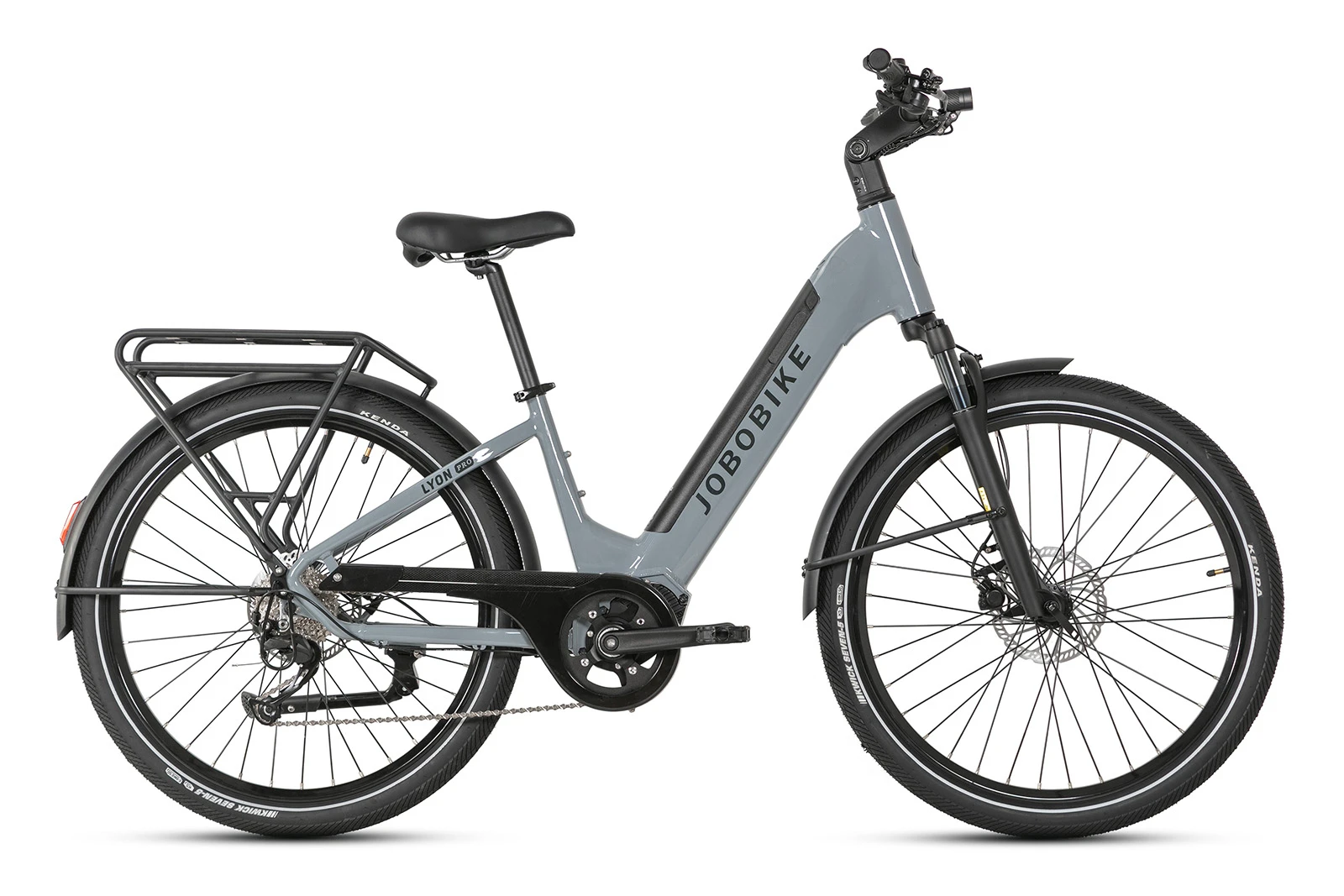


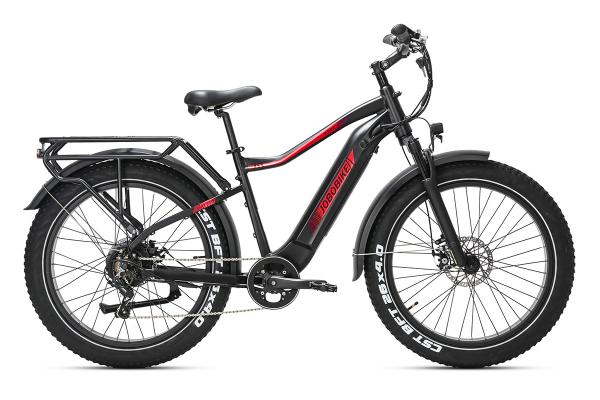
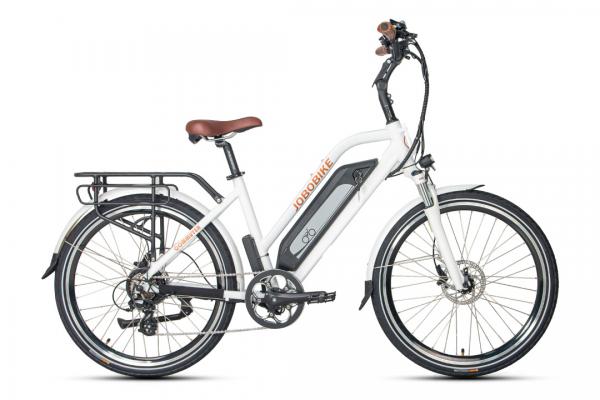
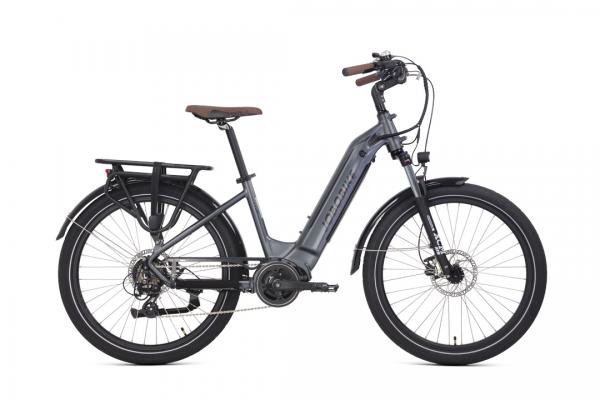
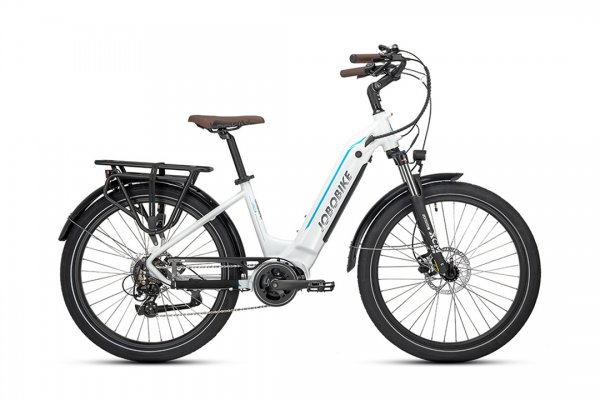
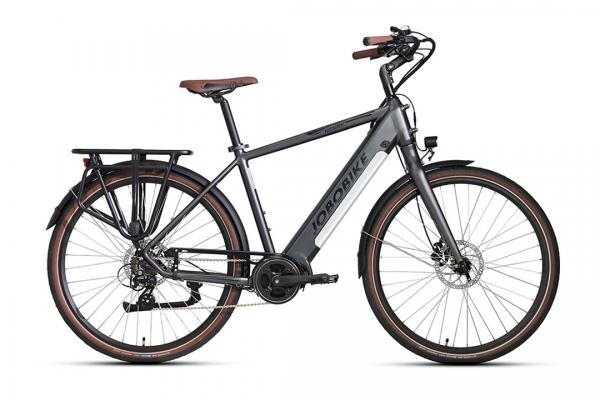
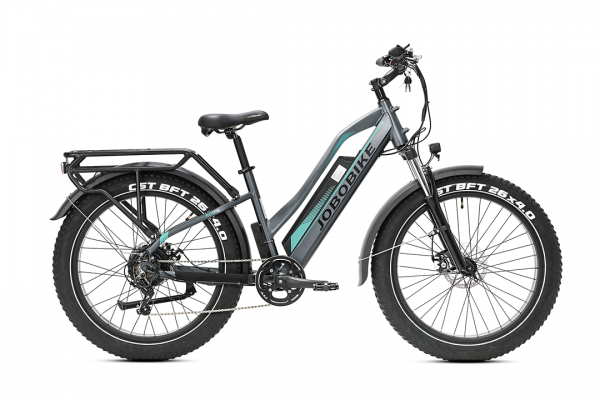
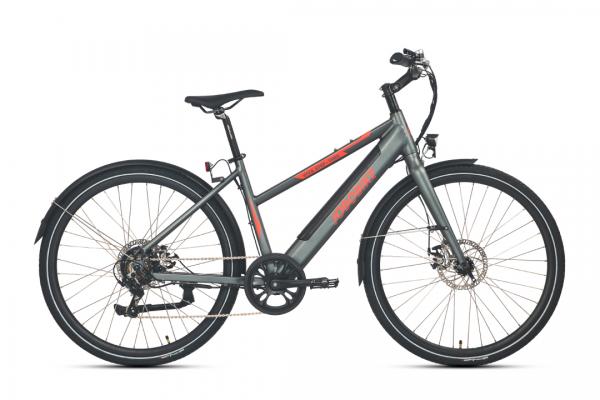
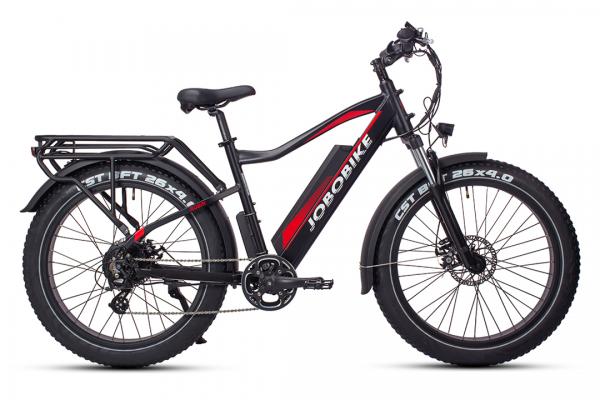
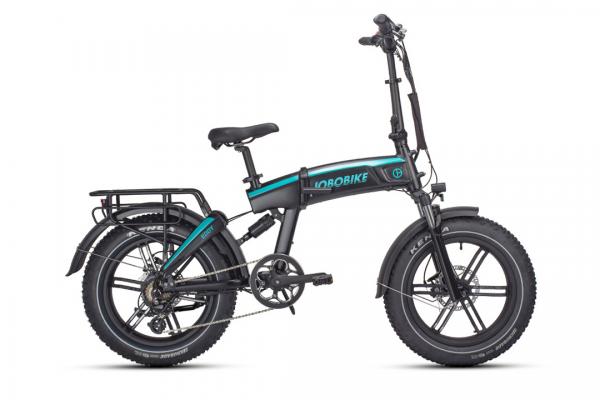
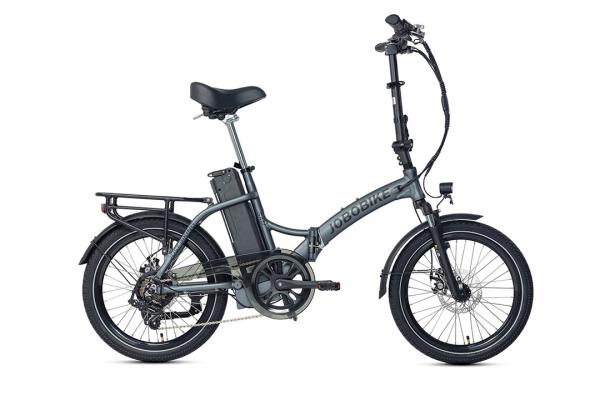
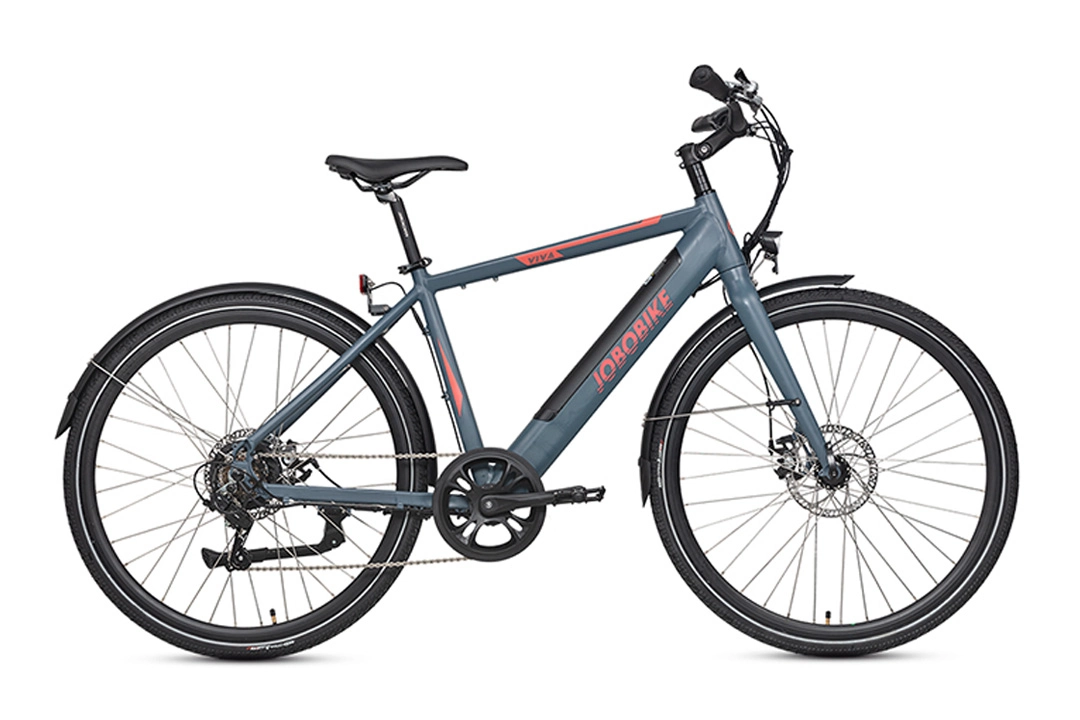
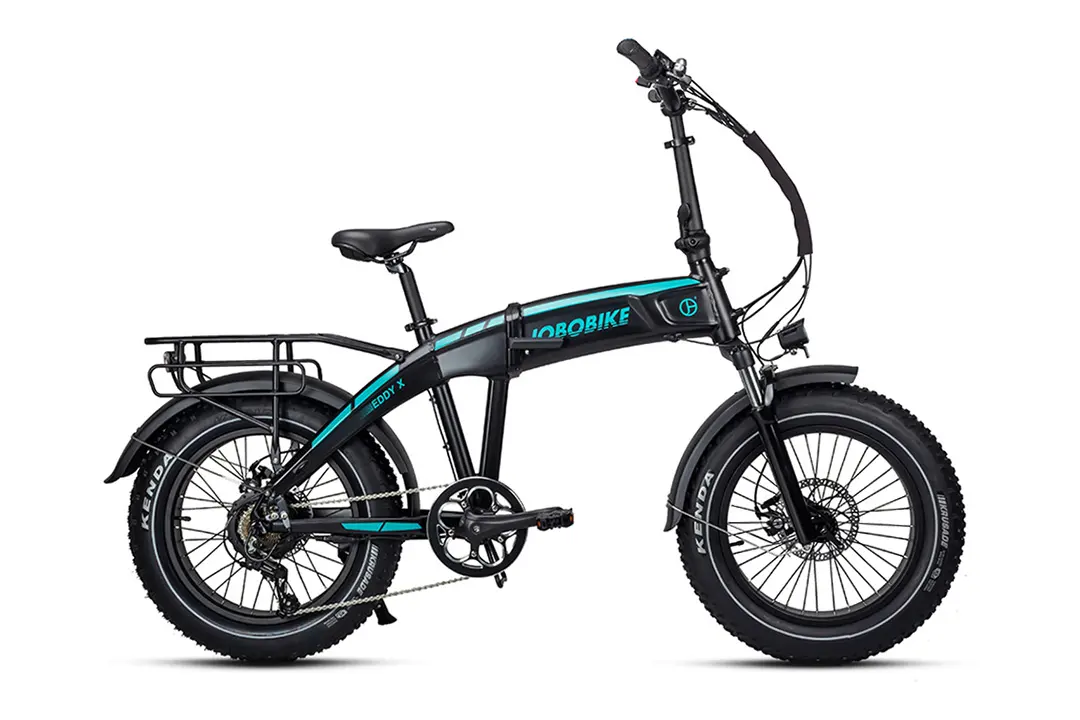
 JOBOBIKE Sam
JOBOBIKE Sam  JOBOBIKE Robin
JOBOBIKE Robin 
